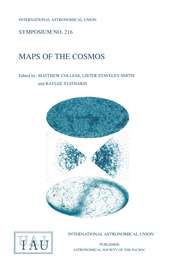Article contents
Binarity as a Factor in Stellar Radio Emission
Published online by Cambridge University Press: 14 August 2015
Extract
A simple examination of Table I which lists the 26 positively detected “active” radio stars reveals that 21 are interacting binaries. Thus, on face value, membership in a close binary system would appear to be an important factor in producing conditions which favor stellar radio emission. However, this conclusion ignores the considerable biases which have characterized most of the surveys (c.f., references in Wendker 1978) made to date wherein selection criteria such as binarity itself, evidence for mass exchange, strong magnetic fields, optical activity, and similarity to previously detected systems have been cited. In very few cases (c.f., Gibson 1977) have complete samples (i.e., a uniform survey of all stars in a particular class to a given luminosity limit) been observed. Therefore, it is difficult to examine the role of binarity in stellar radio emission and draw conclusions which have statistical support. However, the body of radio star data does include observations of about 700 objects and thoughtful analyses of a carefully selected subset should reveal trends which, if they do not lead to firm conclusions, should at least point out the direction for future study.
- Type
- I. General Reviews and Surveys
- Information
- Copyright
- Copyright © Reidel 1980
References
- 2
- Cited by


